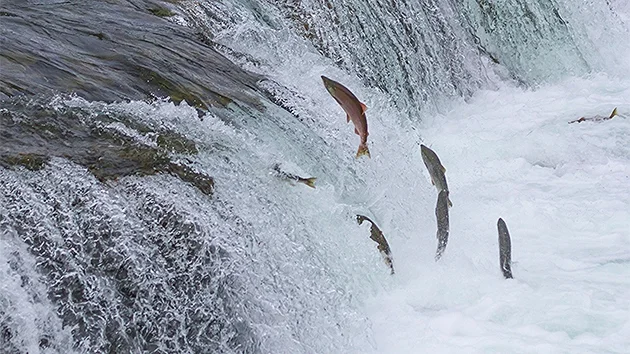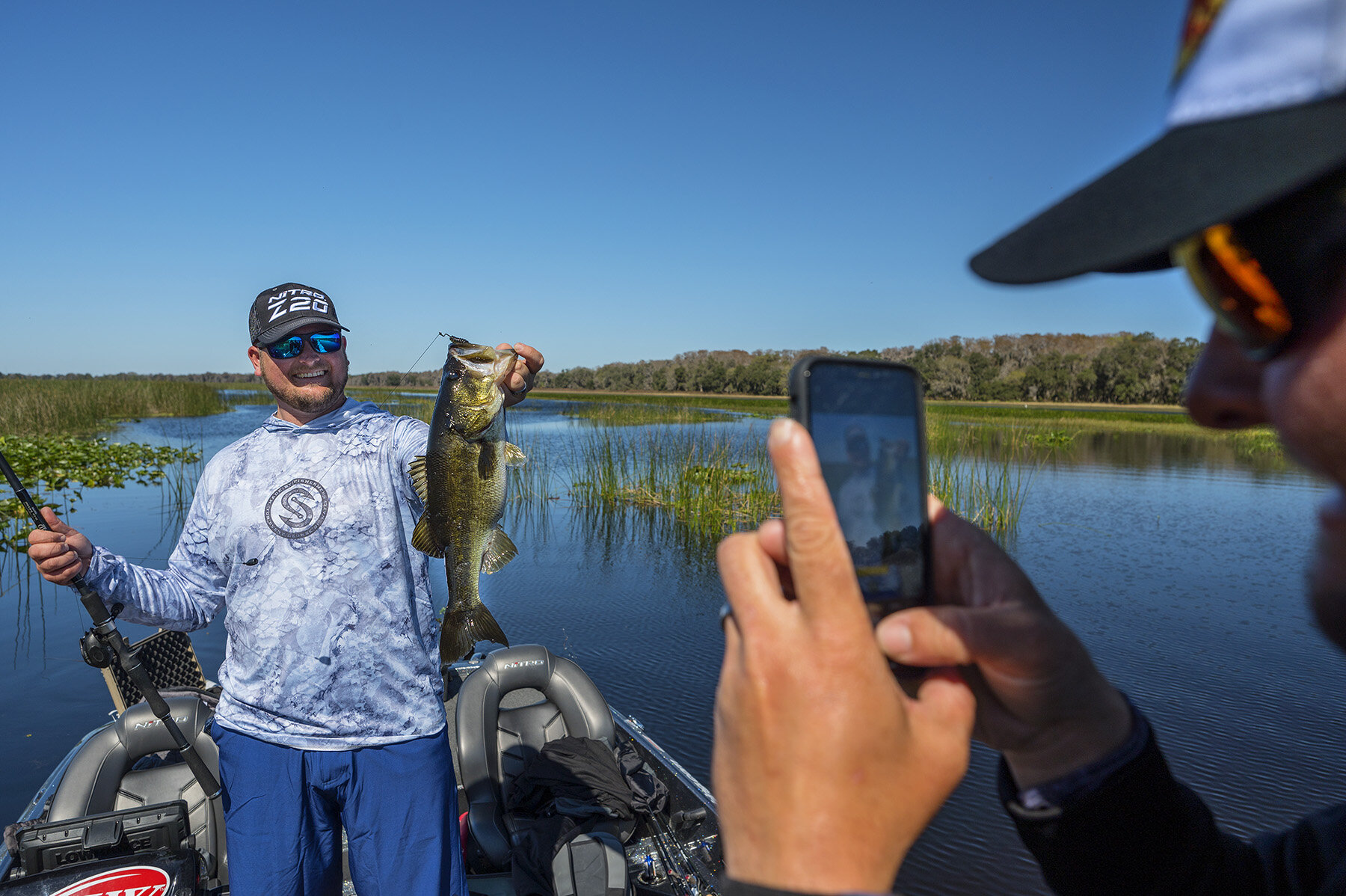The Great Salmon Migration
/Sonar is up in Alaska right now guiding fishing trips and getting to catch some awesome fish. Check out this healthy Coho Salmon he landed!
Sonar shows off a nice Coho Salmon he caught in Southeast Alaska
Salmon are some of the coolest fish out there for a couple reasons. Most types of salmon thrive in cooler waters and provide a large portion of the food source to many wild animals and human populations. Salmon are known for their incredible run up freshwater rivers and streams to get to their spawning grounds. Most salmon are anadromous, a term which comes from the Greek word anadromos, meaning "running upward". Anadromous fish grow up mostly in the saltwater in oceans, but when they have matured they migrate or "run up" freshwater rivers to spawn in what is commonly called the "salmon run".
Salmon jumping upstream as part of their migration to thier freshwater spawning grounds.
Here are some interesting facts about Salmon:
1. Salmon are anadromous- they are born in freshwater and then journey out to sea where they spend the majority of their life before returning back to freshwater rivers/streams where they spawn.
2. Salmon "run" back into the same freshwater spawning grounds to lay their eggs in which they were first born into.
3. Salmon have a fantastic sense of smell. Their sense of smell is said to be keener than a dog or bear's.
4. Salmon rely on their incredible sense of smell to make the trek up into the same freshwater spawning grounds where they were born.
3. There are 5 main types of Salmon that live in the Pacific: King(Chinook), Pink, Sockeye, Coho, Chum. The Chinook is the official fish of the state of Alaska.
5 species of PAcific Salmon. Awesome fish.
The life cycle of an anadromous salmon begins and, if it survives the full course of its natural life, usually ends in a gravel bed in the upper reaches of a stream or river. These are the salmon spawning grounds where salmon eggs are deposited, for safety, in the gravel. The salmon spawning grounds are also the salmon nurseries, providing a more protected environment than the ocean usually offers. After 2 to 6 months the eggs hatch into tiny larvae called sac fry or alevin. Once they mature, Salmon head out into the seas where they remain until heading back in to the freshwater to spawn and die.
Sonar and his soon to be wife showing off a beautiful salmon they caught during it's run through the alaskan streams


















